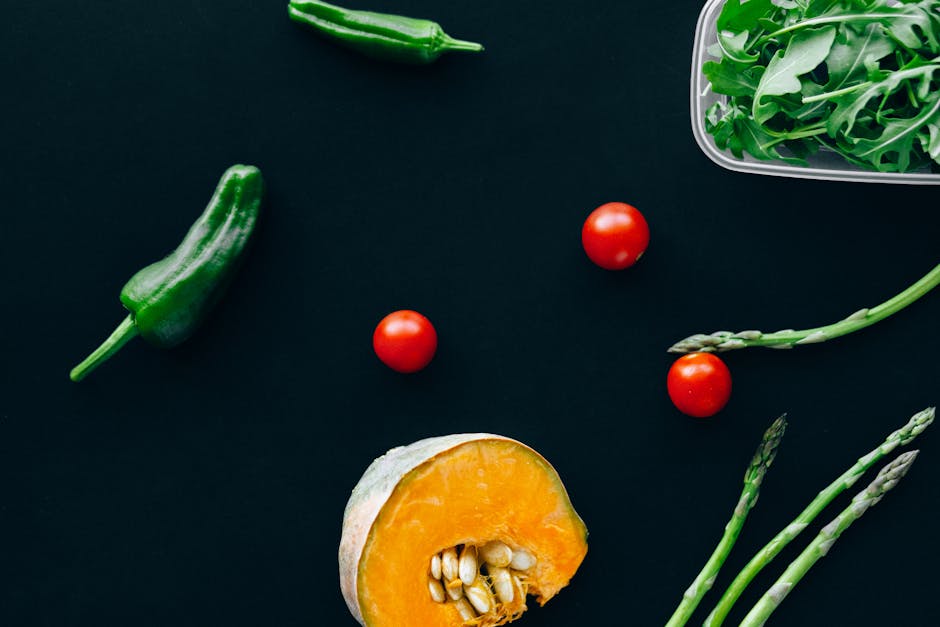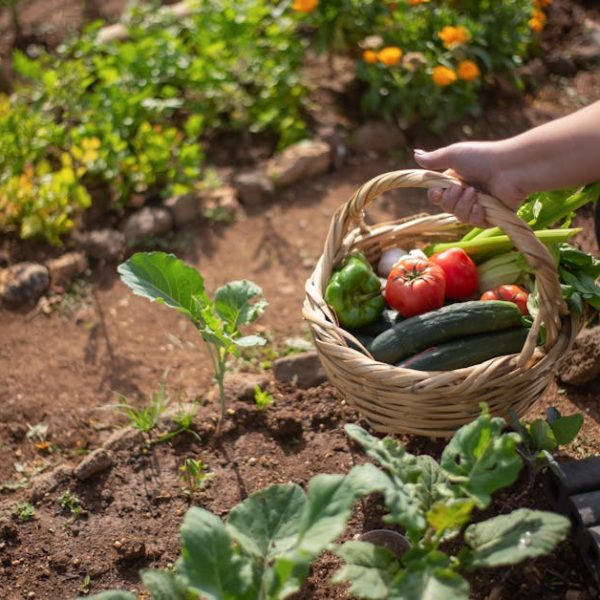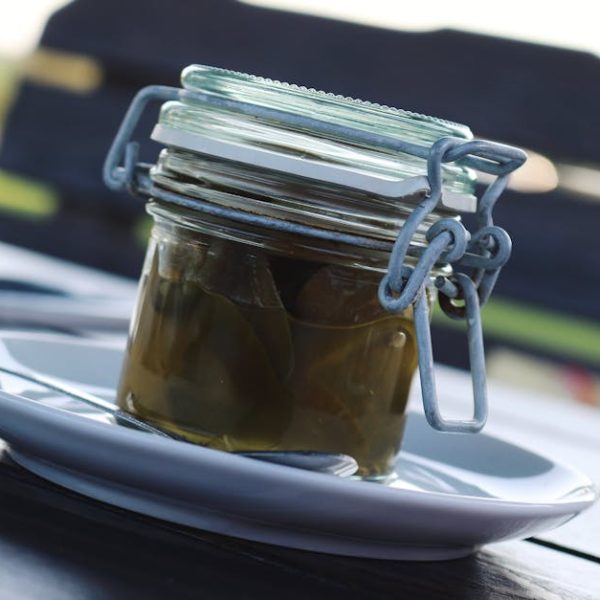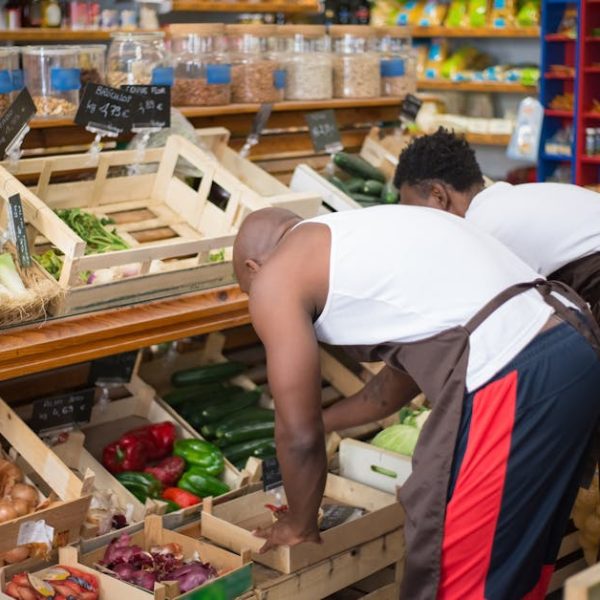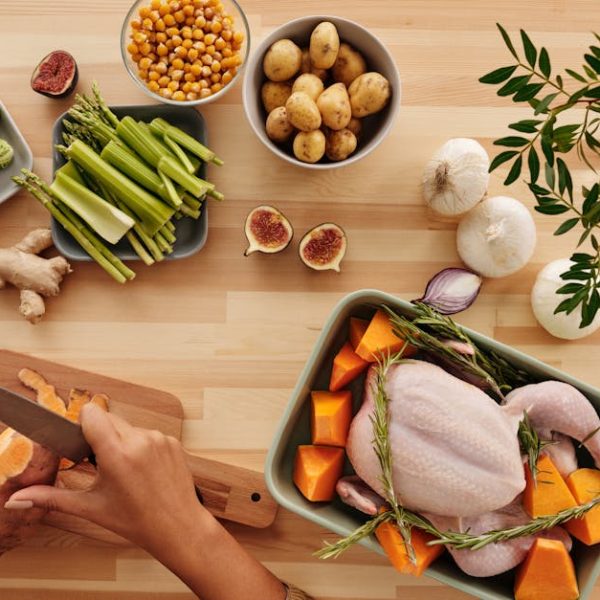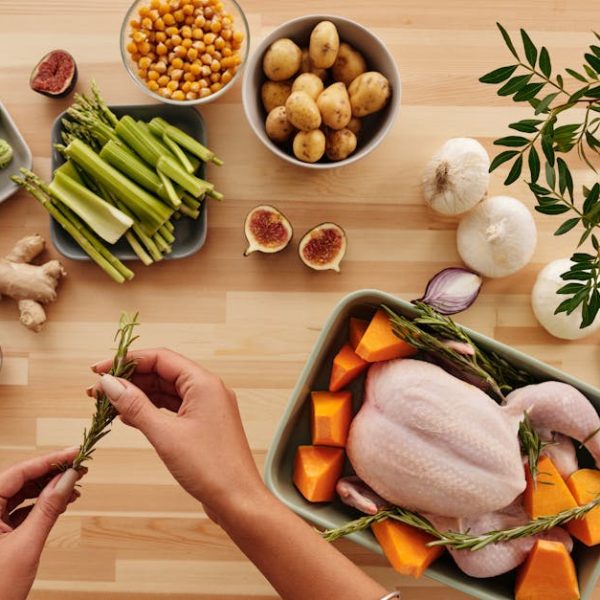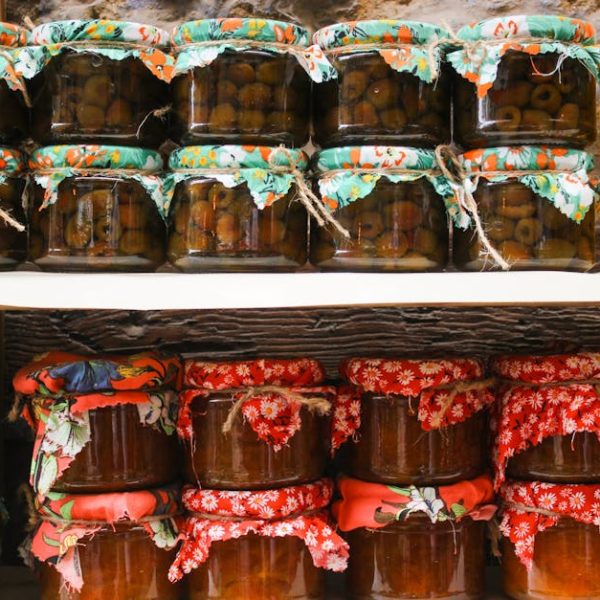We all have a soft spot for asparagus. This nutritious, tender vegetable is a flavorful addition to meals, but have you ever thought about pickling it? Pickling asparagus is an appetizing way to prepare and preserve the vegetable off-season – and it’s easier than you’d think. So tie up your apron and join us, as we unveil seven sumptuous methods to pickle asparagus right in your kitchen!
Traditional Dill Pickled Asparagus
Starting with the classic, traditional dill pickled asparagus is one of the most prevalent ways in which asparagus is pickled. It’s familiar, simple, and the results are wonderfully tangy with a touch of herbal perfection from the dill.
To prepare this delicious variant, you’ll need asparagus, dill weed, vinegar, water, salt, sugar, and garlic. Its preparation is simple: wash the asparagus stalks and trim to fit in your canning jars. In a pot, combine vinegar, water, salt, sugar, and bring to a boil. Pack your jars with asparagus, dill, and garlic, pour the hot brine over the top, and seal the jars.
Tip : Avoid boiling the jars after sealing for a crunchier final product. Also, let your pickle sit for at least two weeks before consumption to allow the flavors to meld and fully infuse the asparagus.
Spicy Pickled Asparagus
If you enjoy a bit of heat, spicy pickled asparagus will become a favorite. This method packs a punch with a spicy brine that pairs fantastically with the natural earthiness of asparagus.
The process is identical to dill pickling with an added spicy twist – hot pepper flakes or diced jalapenos. Remember to add these into your jars alongside your asparagus stalks before pouring the brine.
Tip : Don’t forget to wear gloves when handling hot peppers. The capsaicin that gives them their warmth can also give you a nasty burn.
Pickled Asparagus with Garlic and Red Pepper Flakes
Garlic lovers unite! This pickled asparagus method beautifully integrates the pungent flavor of garlic and the heat of red pepper flakes. The result is a flavorful, aromatic jar of pickles that can complement any meal or be enjoyed right out of the jar.
Just like the previous methods, the steps are fuss-free: Prepare the asparagus, pack the jars, prepare the hot brine, then add a generous amount of roughly minced garlic and a pinch or two of red pepper flakes into each jar before sealing.
Tip : Don’t skimp on the garlic. It helps balance out the spiciness and adds depth of flavor to the asparagus.
Sweet Pickled Asparagus
For those with an affection for the sweet and tangy, this method beautifully counteracts the natural tang of asparagus with a hint of sweetness. The trick is to add sugar (or sugar substitute) to the brine.
In addition to your standard pickling ingredients, you’ll need sugar and a dash of peppercorns. Incorporate these ingredients into the brine solution then proceed with the normal pickling steps.
Tip : Don’t just stick with white sugar; try brown sugar, maple syrup, or even honey to infuse different layers of sweetness into your asparagus.
Asian-style Pickled Asparagus
Moving away from the western style of pickling, we introduce the Asian-style pickled asparagus. The difference lies in the brine – consider using rice vinegar, soy sauce, and add a touch of sweetness with sugar.
This method gives us a pickle with a unique, palatable profile – a stable hint of umami with a tantalizing sweetness. The steps remain largely the same, with the only difference being in the preparation of the brine.
Tip : Try experimenting by adding other flavors popular in Asian cuisine, like ginger, sesame seeds, or even Szechuan peppercorns.
All these methods so far have been quite amazing, but there’s more to come!
Pickled Asparagus with Mustard Seeds
For connoisseurs craving a little more complexity in their pickled dishes, this variant of pickled asparagus featuring mustard seeds will surely entice you. Mustard seeds pack an extraordinary depth of flavor, including a slight heat coupled with a robust zing and a mild nuttiness that wraps together perfectly.
The ingredients are straightforward: asparagus, mustard seeds, vinegar, water, salt, sugar, and garlic. Start the process by washing the asparagus, then pack your jars with asparagus along with mustard seeds. Boil vinegar, water, salt, sugar till the sugar dissolves, pour it into the packed jar and seal it.
Tip : Do not overload the jar with mustard seeds; a teaspoon for each jar is sufficient. An excess of mustard seeds can overpower the flavor of asparagus.
Refrigerator Pickled Asparagus
When you’re in a rush or new to the pickling scene, refrigerator pickled asparagus is a game-changer. This method doesn’t follow the traditional canning process, making it much simpler and quicker. Just remember, these pickles must be consumed within a month and kept stored in the refrigerator.
The ingredients needed for this method are similar to the others: asparagus, vinegar, water, salt, sugar (optional), and garlic. Once you’ve prepared the asparagus and jar, make the brine by boiling the liquids and toss in a hint of salt, and sugar (if desired). Pour the hot brine over the asparagus in the jar, pop a lid on, and let it cool. Once cool, store it in the refrigerator for at least 48 hours before eating.
Tip : Make sure every piece of asparagus is fully submerged in the brine to ensure proper pickling and to prevent the formation of harmful bacteria.
Comparisons Of Different Pickling Methods
| Method | Primary Flavor Profile | Unique Ingredient | Suitable For |
|---|---|---|---|
| Traditional Dill Pickled Asparagus | Tangy, Herbal | Dill Weed | Classic flavor lovers |
| Spicy Pickled Asparagus | Spicy, Earthy | Hot Pepper Flakes | Spice enthusiasts |
| Pickled Asparagus with Garlic and Red Pepper Flakes | Spicy, Garlic-y | Garlic and Red Pepper Flakes | Garlic lovers |
| Sweet Pickled Asparagus | Sweet, Tangy | Sugar | Sweet tooth carriers |
| Asian-style Pickled Asparagus | Umami, Sweet | Rice Vinegar, Soy Sauce | Asian culinary enthusiasts |
| Pickled Asparagus with Mustard Seeds | Zingy, Nutty | Mustard Seeds | Gourmet lovers |
| Refrigerator Pickled Asparagus | Tangy, Simple, Clean | N/A | Fast-paced or beginner picklers |
Remember, every palate is unique so be playful and experiment with these methods until you find your ‘perfect pickle’. Happy pickling!
Key Takeaway:
- The article illustrates seven appealing methods to pickle asparagus at home; each method has its distinct flavor profile and suits different palates.
- The techniques range from the classic traditional dill pickled method to a spicy variant, garlic and red pepper addition, sweet pickling, Asian-style to adding mustard seeds, and a fast and friendly refrigerator method.
- Each method presented offers a comprehensive list of required ingredients and tools, a sequential guide, and pro tips for best results.
- The article emphasizes the importance of experimenting with different pickling methods to find one’s ‘perfect pickle’.
The world of pickling opens up a world of flavors and textures, especially when it comes to asparagus. Whether you like it tangy, sweet, spicy, or something in between, there’s a pickling method out there to satisfy your cravings. So, dive into this adventure and explore the many ways you can transform asparagus into a robustly flavored, crunch-filled treat.
FAQs
Q: Is pickling asparagus safe?
A: Yes, pickling is a safe and effective method of food preservation, providing the process is carried out correctly including sterilizing jars and using fresh ingredients.
Q: Can I vary the flavors used in the pickling methods?
A: Absolutely, the beauty of pickling is the freedom to experiment and adjust to suit your taste buds. As long as you maintain the vinegar and salt ratio for preservation, feel free to try various spices and herbs.
Q: How long does pickled asparagus last?
A: When properly canned and stored in a cool, dark place, pickled asparagus can last up to a year. The refrigerator method, however, usually lasts up to a month in the fridge.
Q: I’m on a low-sodium diet; can I skip or reduce the amount of salt used?
A: While it’s crucial to stick to your dietary needs, remember that salt plays an essential role in preservation in pickling. If you need to cut down, it’s best to opt for the refrigerator method and consume within the month.
Q: Does pickling asparagus affect its nutritional value?
A: Pickling slightly reduces the vitamin content of vegetables but the mineral content usually remains intact. Remember, despite this slight reduction, pickled asparagus still offers valuable nutritional benefits.
Give this article a share and don’t miss the chance to browse more exciting content on our website. Every culinary adventure awaits!
